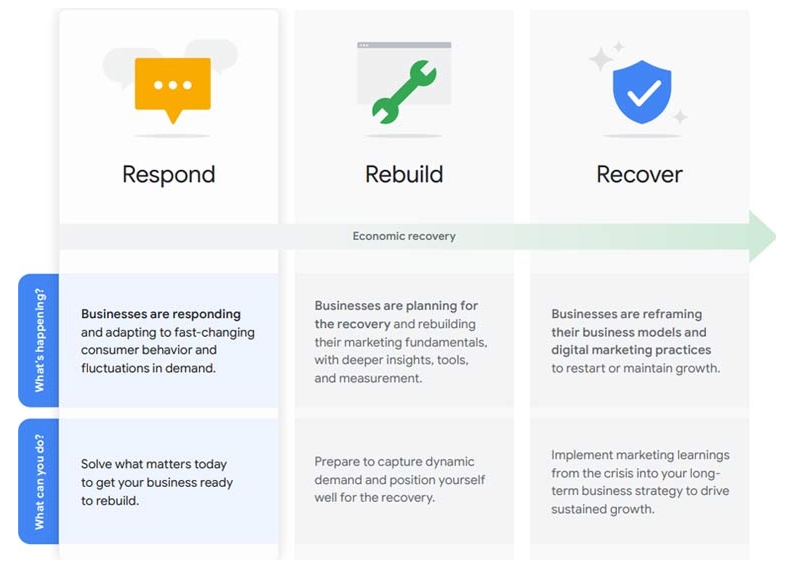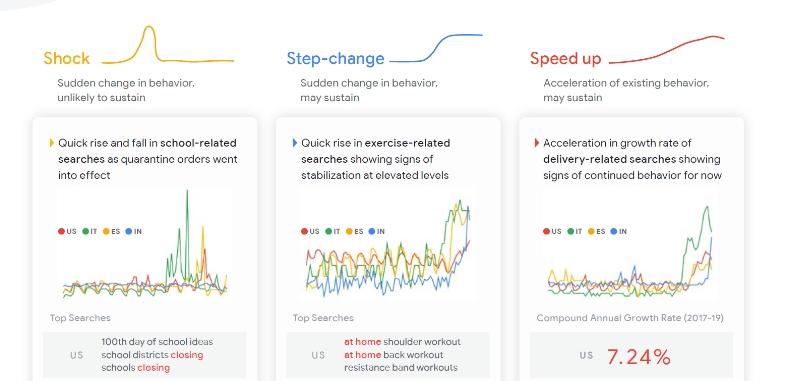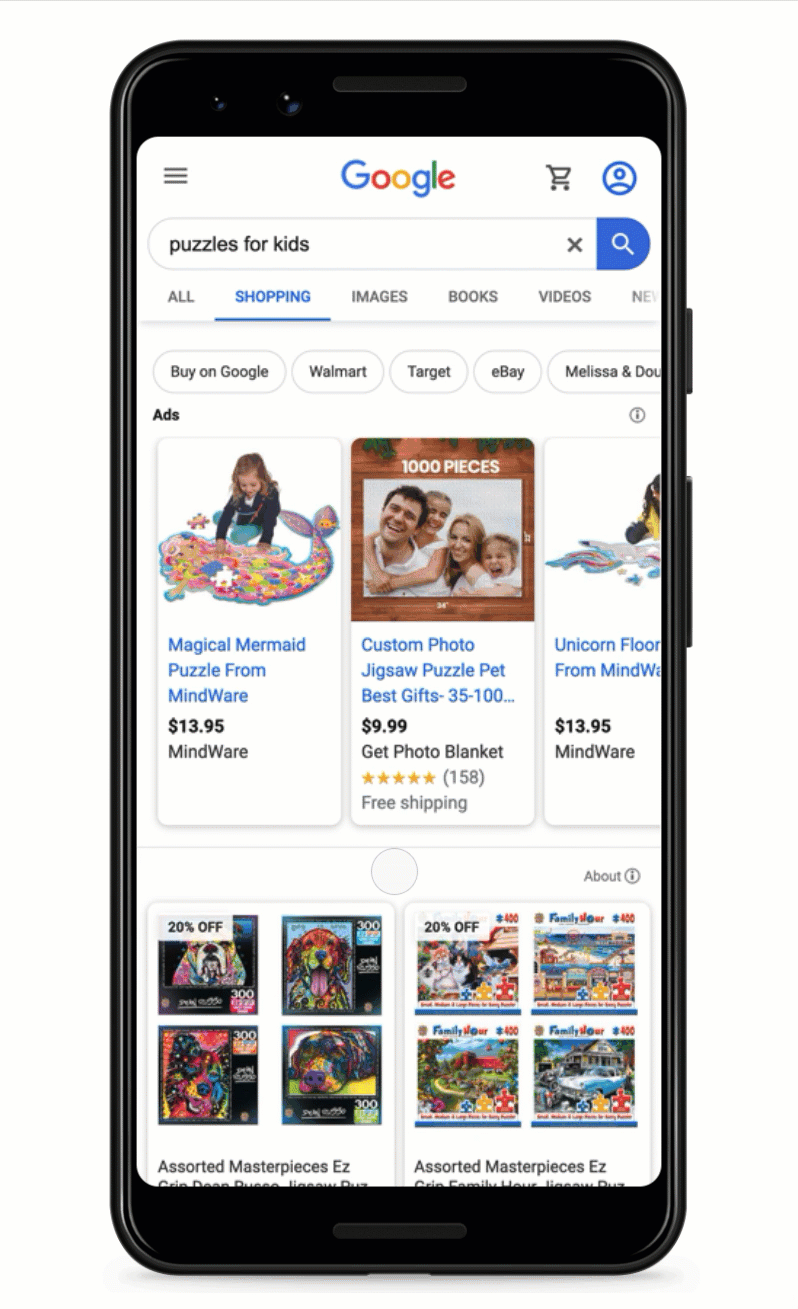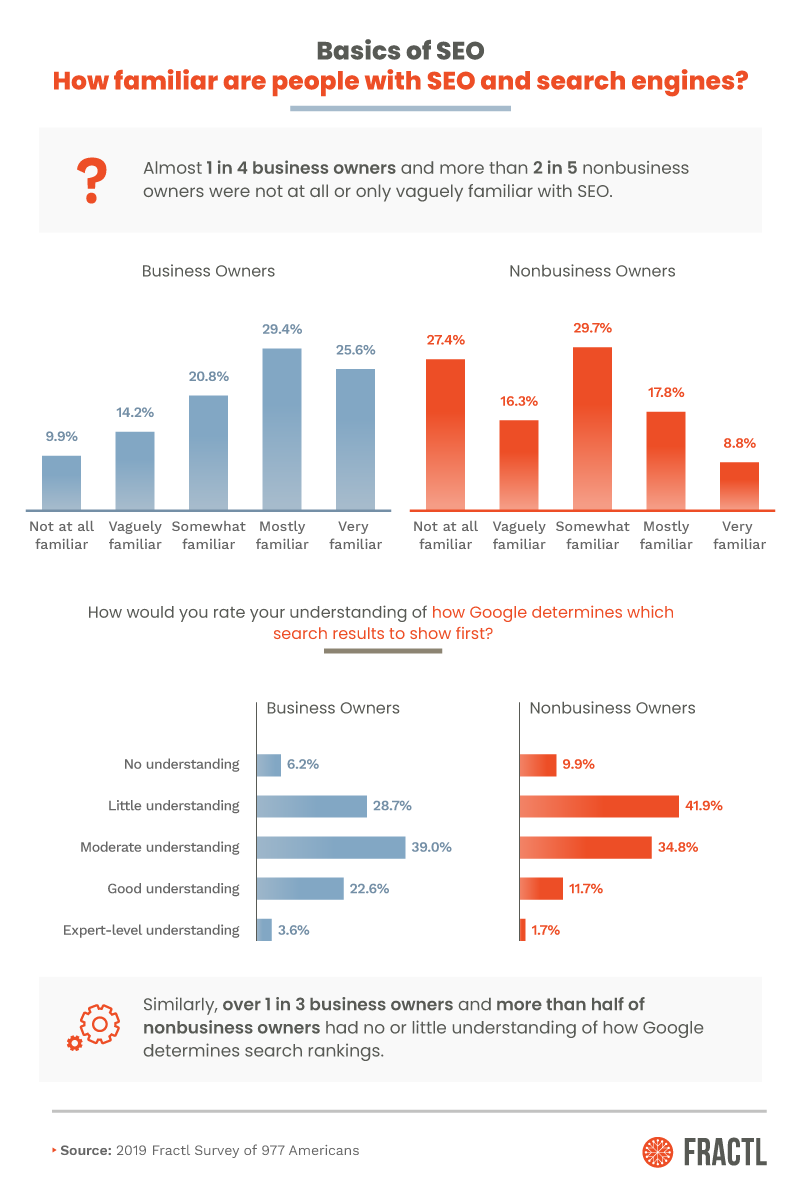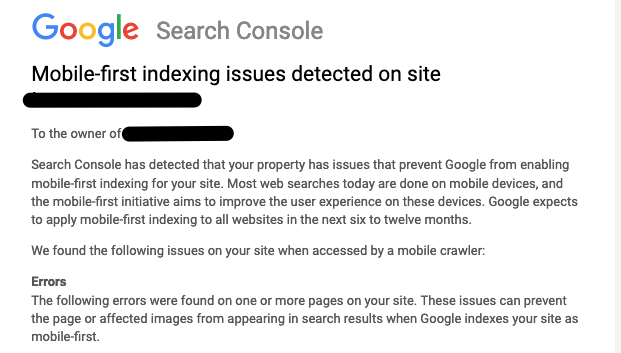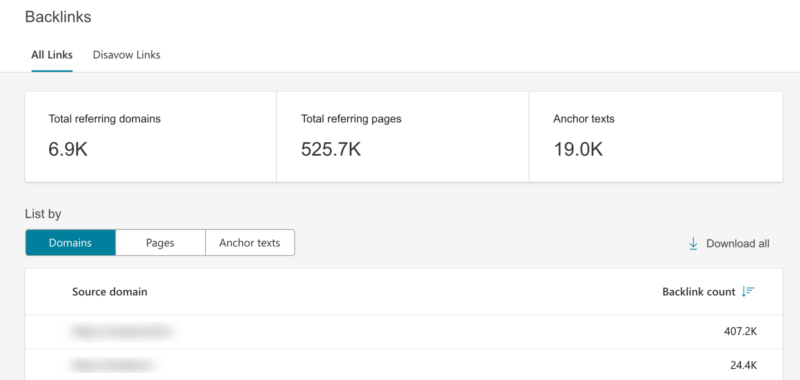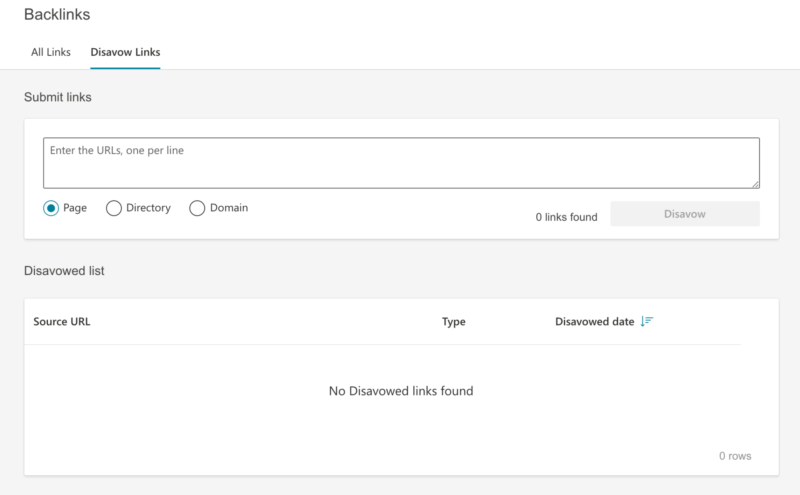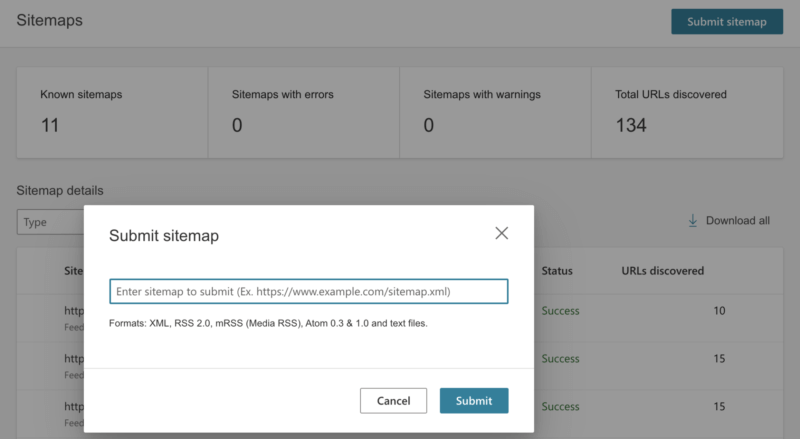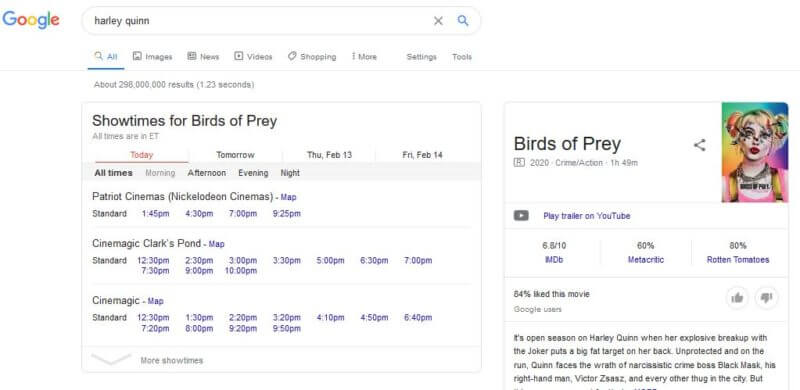The COVID-19 pandemic has impacted or changed almost every part of our daily lives in some way, and that holds very true when it comes to online search.
Google has been tracking these shifts from the initial outbreak to our current time where over 4 billion people are staying home around the world and many in America are returning to work.
In particular, Google says it has seen five key trends reflecting how online search behavior, consumers’ interests, and purchasing behavior have shifted over the past few months.
The five key trends in online search after COVID-19 include:
- More consumers are relying on multiple devices
- Increased reliance on Google search
- People are using online tools to create and develop virtual relationships
- Routines are adjusting to reflect being at home
- People are increasingly practicing self-care
Let’s dig into what these trends really mean and reflect:
Multiple Devices
With the huge jump in people working from home or spending extra time relaxing inside, Google has seen a similar increase in the amount of content consumption. Specifically, the company says staying home has led to at least a 60% increase in the amount of digital content watched in the US.
This means many consumers are relying on one device to indulge in their favorite content online while using another device to browse products, look up information, and connect with friends.
Increased Reliance On Google
The search engine has seen a massive increase in searches for critical information and a wave of content designed to inform the public about safety, updated business practices, and other essential needs.
For example, Google has seen that online search interest for terms like “online grocery shopping” and “grocery delivery” grew 23% year over year in the US.
Online medical needs have also skyrocketed, with online search interest in telemedicine climbing by 150% week-over-week.
Building Virtual Relationships
Businesses may be opening, but many are still practicing social distancing which keeps them away from friends and family. In lieu of being able to spend time with loved ones, people are finding new ways to build relationships online:
As of April, Google Meet has hosted at least 3 billion minutes of video meetings, with nearly 3 million new users joining every day.
Online search shows increased interest in digital recreations of normal social events, such as a rise in search interest for “virtual happy hour” or “with me” content which shows people doing ordinary tasks like cleaning, studying, or cooking.
Changing Routines
As social distancing and quarantine continues for many, online search interest has shown that many are adapting their typical routines to be internet-first.
For example, search interest for “stationary bicycles” and “dumbbell set” has continued to rise while many try to stay healthy from home.
Google also reports that search interest for “telecommuting” in the US has continued to grow since it reached an all-time high on Google and YouTube in March.
Practicing Self-Care
To help cope with the mental and physical toll of the COVID-19 epidemic, many are turning to online search to assist in practicing self-care from home.
Some examples of this from Google’s report include:
- Views of mediation-related videos are 51% higher in 2020 compared to 2019.
- Searches for “bored” spiked significantly and have remained heightened since March.
- Searches for at-home activities such as “games,” “puzzles,” and “coloring books” have remained increased since March.
Read the Full Report
The full report includes additional data as well as recommendations for responding to these changes to online search over the past few months. You can read the entire 39-page document here (PDF).

